SQL (Structured Query Language) vs NoSQL (Not Just SQL) are two forms of database management systems. SQL databases are built on the relational paradigm and employ tables to store data. NoSQL databases manage unstructured or semi-structured data and do not rely on tables. Both forms of databases have their own set of advantages and disadvantages.
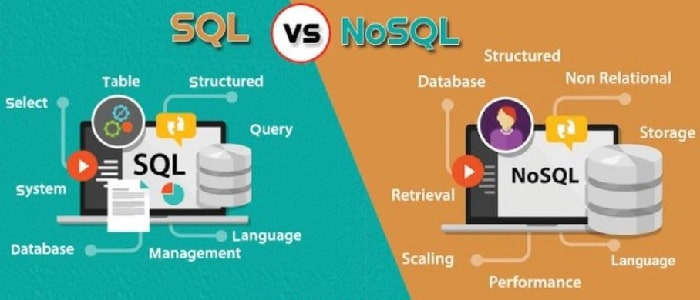
In this article, we will go through the differences between SQL vs NoSQL.
Table of Contents
SQL vs NoSQL: Detailed comparison
Given below are some of the key differences between SQL and NoSQL based on the following:
Data model
SQL databases contain a set structure with specified columns and data types that one cannot readily alter.
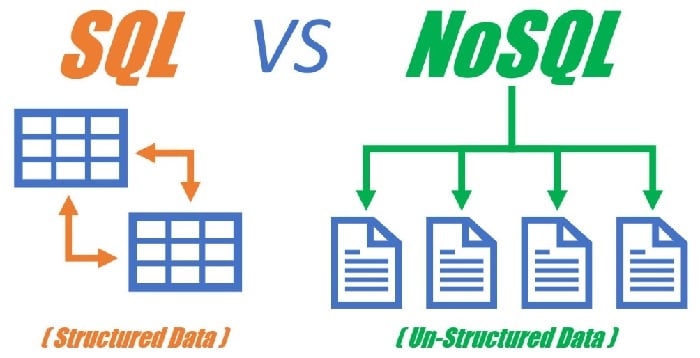
The structure of NoSQL databases is dynamic, and data can be stored in several forms.
Scalability
SQL databases are vertically scalable but not horizontally scalable. This means one cannot expand them by adding more servers.

Since NoSQL databases scale horizontally, they are ideal for high-scalability applications.
Query language
SQL databases use SQL as their principal query language, a standard for handling relational databases.
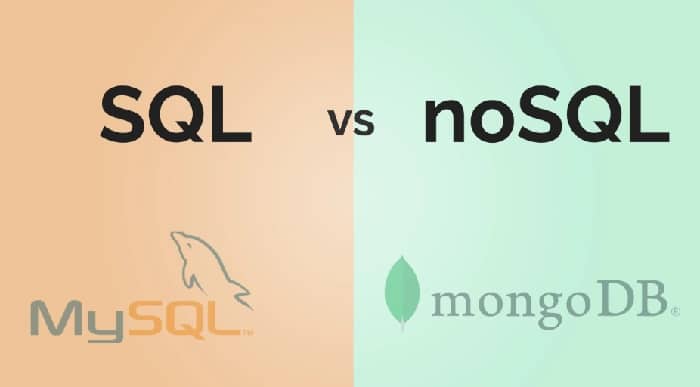
Query languages used by NoSQL databases include MongoDB’s document-based query language and Cassandra’s CQL.
Consistency
SQL databases ensure strict consistency by requiring all operations to succeed, or none will be committed, guaranteeing that the database is always valid and the data is consistent.

To assure availability and responsiveness, NoSQL databases prioritize availability and partition tolerance above robust consistency.
Use cases
SQL databases are ideal for applications that demand sophisticated transactions, data integrity, and high consistency, such as financial or inventory management systems.

NoSQL databases are ideally suited for scalability, high availability, and quick-performance applications, such as social networking platforms or real-time analytics systems.
See also: How To Import A Large SQL File In XAMPP?
Schema
There is a predefined schema in SQL databases. This implies that there must be the determination of data structure before any addition of data to the database. This can help to ensure data consistency and prevent data corruption.

NoSQL databases have a flexible schema or schema-less architecture. This allows for more dynamic changes to the data structure without requiring database schema modification.
Availability
SQL databases may become unavailable if the server fails. Yet, NoSQL databases may trade consistency for availability.
NoSQL databases are more available than SQL databases, meaning data is always available even when nodes fail.
Relationships
SQL databases are relational, meaning the data is arranged into tables linked together by common fields or keys. This facilitates table joining and complicated searches across several tables.
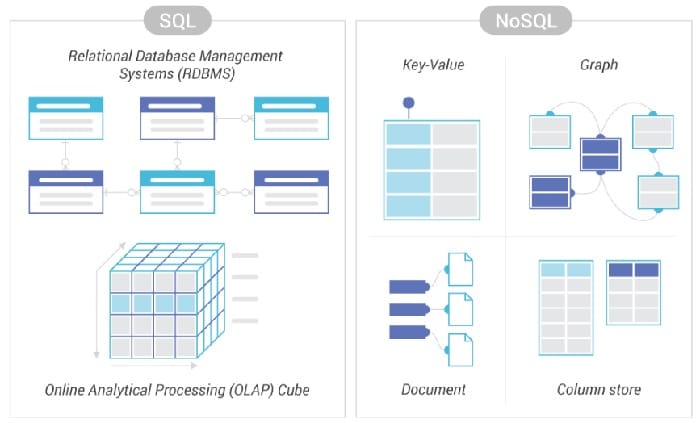
Non-relational databases (NoSQL) structure data in several ways, such as key-value pairs, documents, or graphs. While this complicates querying, it also provides more flexibility and performance.
Indexing
Indexes in SQL databases accelerate queries by providing a map of the data that search more efficiently.

NoSQL databases also use indexes, although they may be of other forms, such as key-value indexes, document indexes, or graph indexes.
Storage
SQL databases often find storage on a disc, which is slower but more dependable and durable.
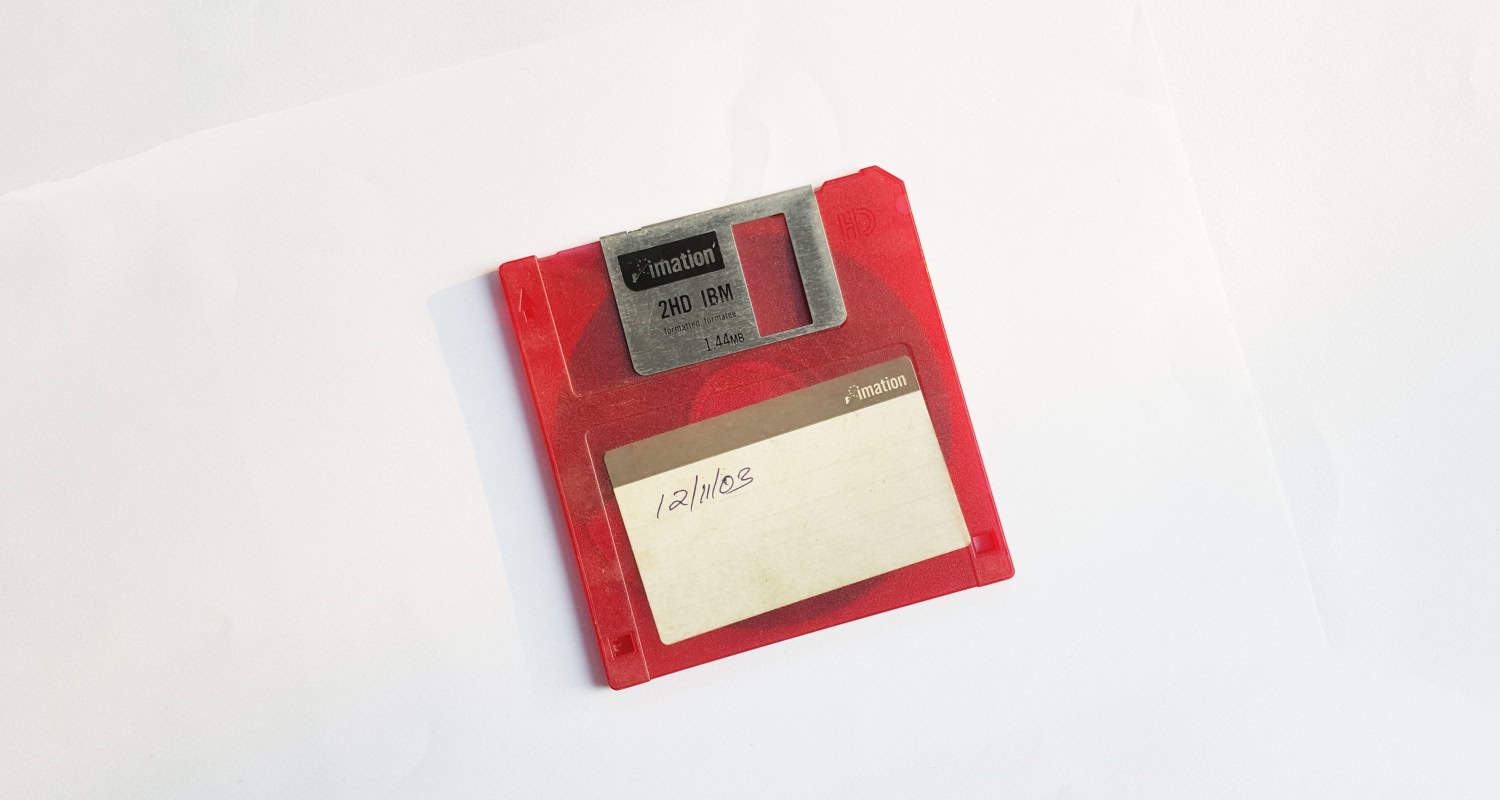
Depending on the application’s demands, NoSQL databases can employ a range of storage choices, such as disk-based or memory-based storage.
Data normalization
SQL databases adhere to normalization principles, meaning it structures data into tables containing just one data type. This makes maintaining data integrity and minimizing data redundancy easy.

NoSQL databases only sometimes follow these constraints, which may hold more complicated, hierarchical data structures.
Data replication
SQL databases commonly employ master-slave replication, replicating changes made to the master database to one or more slave databases. Although this assures data consistency and redundancy, it might result in significant latency and delayed retrieval.

NoSQL databases frequently employ multi-master replication, in which changes to any node in the system automatically replicate to all other nodes. This enables faster data retrieval and increased availability.
See also: What Are Linked Servers In SQL Server?
ACID compliance
SQL databases are supposed to be ACID compliant, ensuring transaction Atomicity, Consistency, Isolation, and Durability.

NoSQL databases may or may not be ACID compliant, depending on their design and implementation.
Cost
SQL databases can be more costly to set up and maintain, particularly for large-scale applications that demand great performance and availability.

NoSQL databases can be more cost-effective for applications requiring horizontal scalability and data modeling flexibility.
See also: What Are Character Functions In SQL?
FAQS
How can I install SQL?
SQL can be installed by choosing and downloading a relational database management system (RDBMS) such as MySQL, PostgreSQL, or Microsoft SQL Server and following the installation instructions.
What are the benefits of SQL?
SQL provides a standardized way to manage relational databases, making it easier to work with structured data and perform complex queries.
What are the benefits of NoSQL?
NoSQL databases are typically more flexible and scalable than SQL ones, allowing faster data storage and retrieval.
What are some popular SQL databases?
Some popular SQL databases include MySQL, PostgreSQL, Oracle, and Microsoft SQL Server.
What are some popular NoSQL databases?
Some popular NoSQL databases include MongoDB, Cassandra, Redis, and Amazon DynamoDB.
Which type of database is best for my project?
The choice between SQL and NoSQL databases depends on the specific needs of your project, such as the amount of data you need to store, the complexity of your data, and the scalability requirements of your application.
Conclusion
To conclude, SQL vs NoSQL databases are valuable technologies for data management, but each has advantages and disadvantages. It is critical to select the appropriate database for the application based on its unique needs.
Hi, I’m Geoff. I design. I develop. I do lots of things in between. What that really boils down to is that I make websites.